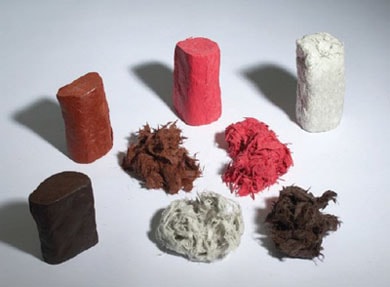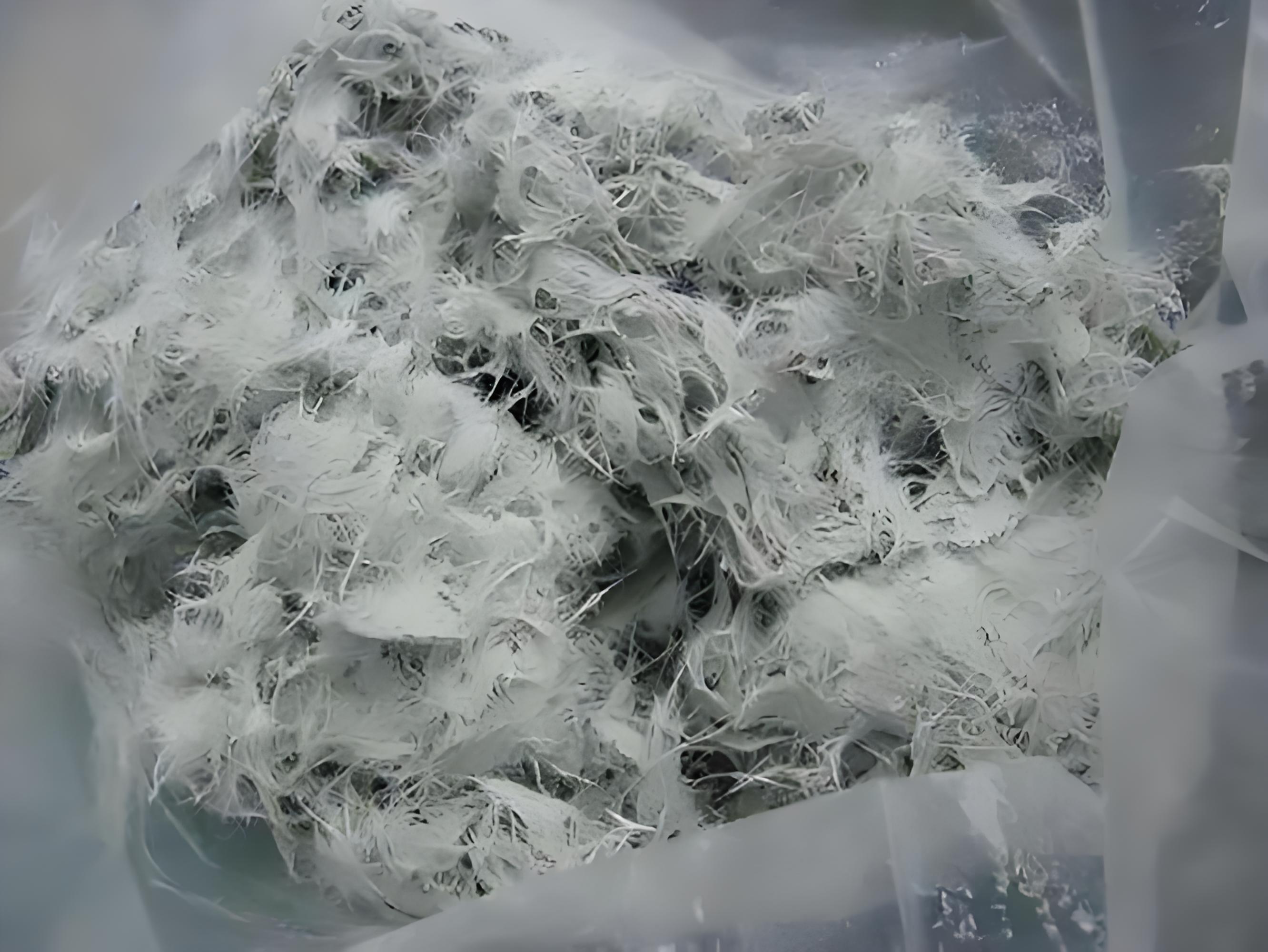In the field of composite materials, two commonly used molding compounds are DMC (Dough Molding Compound) and BMC (Bulk Molding Compound). Both are thermosetting plastic materials reinforced with fibers, predominantly used in industries such as automotive, aerospace, and electrical. However, there are distinct differences between the two in terms of their composition, processing techniques, and applications. Understanding these differences is crucial for selecting the right material for specific engineering requirements.
Composition and Characteristics
Dough Molding Compound (DMC)
DMC is a ready-to-use, fiber-reinforced thermoset compound. The primary components of DMC include:
- Polyester Resin: Acts as the binding matrix.
- Glass Fibers: Provide reinforcement and improve mechanical strength.
- Fillers: Enhance specific properties like flame retardancy and dimensional stability.
- Catalysts and Additives: Aid in the curing process and improve material properties.
The consistency of DMC is dough-like, making it easy to handle and shape. The glass fiber content in DMC typically ranges from 20% to 30%, resulting in high mechanical strength and excellent electrical properties.

Bulk Molding Compound (BMC)
BMC is similar to DMC but is typically more viscous and can come in bulk form. The main components of BMC include:
- Thermoset Resin (usually Polyester or Vinyl Ester): Provides the matrix for the composite.
- Glass Fibers: Used for reinforcement, with a content usually between 10% to 30%.
- Fillers and Additives: Enhance properties such as shrinkage control, flame resistance, and surface finish.
- Pigments: For coloration and aesthetic purposes.
BMC is often used in applications requiring intricate shapes and high surface finish due to its flow characteristics and moldability.

Processing Techniques
DMC Processing
DMC is primarily processed using compression molding or injection molding. The material is placed into a heated mold cavity where it is compressed under high pressure. This method ensures that the DMC fills the entire mold cavity, curing into the desired shape. The key advantages of using DMC in compression molding include:
- Precision: Produces high-tolerance parts.
- Surface Finish: Excellent for parts requiring fine details and smooth surfaces.
- Efficiency: Suitable for high-volume production runs.
BMC Processing
BMC is also commonly processed using compression molding, but it can additionally be processed through transfer molding and injection molding. The choice of method depends on the complexity and size of the part. The benefits of BMC processing include:
- Versatility: Ideal for manufacturing complex and detailed components.
- Consistency: Offers uniform properties and high repeatability.
- Flexibility: Can be molded into various shapes and sizes.
Applications
DMC Applications
DMC's excellent mechanical and electrical properties make it suitable for applications that require robustness and reliability. Common uses include:
- Electrical Components: Switches, connectors, and insulators.
- Automotive Parts: Engine covers, housings, and under-the-hood components.
- Industrial Equipment: Pump housings, valve bodies, and enclosures.
BMC Applications
BMC's moldability and surface finish make it ideal for applications that require complex shapes and aesthetics. Typical applications include:
- Automotive: Headlamp reflectors, battery covers, and grille opening panels.
- Electrical: Circuit breaker components, switchgear, and enclosures.
- Consumer Goods: Handles, knobs, and appliance housings.
Key Differences
Here are the key differences between DMC and BMC:
-
Consistency:
- DMC: Dough-like, easier to handle.
- BMC: More viscous, available in bulk form.
-
Glass Fiber Content:
- DMC: Typically higher, offering greater mechanical strength.
- BMC: Can vary, allowing for more flexible applications.
-
Processing Techniques:
- DMC: Primarily compression and injection molding.
- BMC: Compression, transfer, and injection molding.
-
Applications:
- DMC: Focuses on applications requiring high mechanical and electrical properties.
- BMC: Suited for complex shapes and detailed parts with high surface finish.
Conclusion
Understanding the differences between DMC and BMC is essential for making informed decisions in composite material selection. Both materials offer unique advantages tailored to specific industrial needs. By considering factors such as material consistency, glass fiber content, processing techniques, and end-use applications, engineers and designers can optimize their product development processes and achieve superior performance in their respective fields.
In summary, while both DMC and BMC are integral to the composite materials industry, their distinct properties and processing methods make them suitable for different applications. Choosing the right compound can significantly impact the quality, durability, and performance of the final product.
